Lifting The Lid On Data: Are Data Labels The Answer?
20 Nov

With a growing public focus on data privacy, transparency is now at the core of data commercialisation and digital marketing.
The likes of Google and Facebook have taken to releasing regular transparency reports to share information on user data disclosure, while the GDPR explicitly calls for data to be processed in a “transparent manner”.
There is also evidence to suggest customers are starting to favour brands that are up front with how they handle data.
A recent global study by HERE Market Intelligence found that 67 per cent of consumers are more likely to share their personal data if the data collector is trusted and reliable.
However, talking about data transparency is one thing. Actually demonstrating it is another.
Organisations are on the lookout for ways to show their customers they’re serious about data transparency. One solution that has emerged in response to this is data labels.
Much like how nutrition labels allow shoppers to understand exactly what is in their food, data labels offer a way to show where data has come from, who provided it and how relevant segments were created.
Using the US Data Transparency Standards – which were introduced last year to establish minimum disclosure and transparency standards – advertising trade organisation IAB recently announced it was testing data labels.
According to IAB Australia, the Data Label will: “help educate the industry around what is contained within audience data segments, how they have been constructed and how they are being updated.”
Under the proposal, the label shows 20 standardised fields which provide information on where the data has come from, how it was collected, whether it has been manipulated and how particular segments have been defined.
Data quality
Much like the taste of a meal can be impacted by the quality of the ingredients, the effectiveness of insights relies on the quality of data.
Accuracy, consistency, relevance, timeliness, reliability and privacy are all characteristics to be considered when assessing the quality of data.
A lack of consistent metrics has meant that data quality varies depending on where it has come from and how it has been collected.
The use of poor data may lead to business inefficiencies, loss of revenue, missed opportunities and poor business decisions.
Whether or not data labels become industry standard remains to be seen. However, as a case study, it highlights the importance of data quality and the need for some sort of industry-wide measurement system.
At smrtr we are committed to gathering and using quality data to help deliver our customers results and believe the introduction of data labels can only assist transparency. We are currently investigating how we can apply these to our data products and general data universe.
Future proofed for a cookie-less world and powered by an ever growing array of industry data partner sets, the smrtr data universe links a host of data sets and analytics. If you’d like to learn more please, contact us and we’ll be in touch within the next business day.
By Steve Millward, General Manager – Commercial at smrtr




